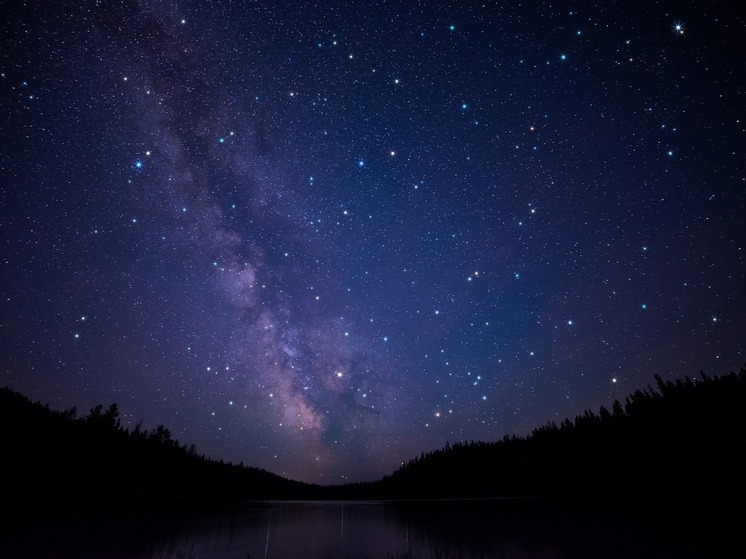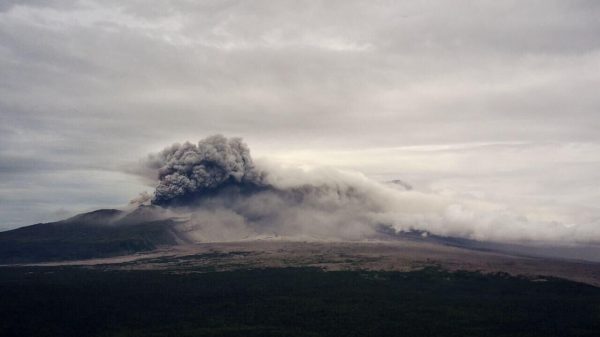What other «celestial shows» await us in August
Four «star showers» intersected at the end of July – beginning of August. Two of them have already passed their peak with the maximum number of falling meteors, and we have yet to enjoy the other two.
 Photo: Pixabay.com.
Photo: Pixabay.com.
First, about two fading «rains», the peak of which fell on one night — from July 29 to 30. The first of them is the Alpha Capricornids, which will be active until August 15. Their radiant (the point in the sky from which the stream is visually directed to the Earth) is in the constellation Capricorn. The second is the Southern Delta Aquarids with a radiant in the constellation Aquarius, whose activity will last until August 23. Both of these meteor showers were not distinguished by a large number on the peak night — the Alpha Capricornids had only 5 falling meteors per hour, the Southern Delta Aquarids — 25. But they were quite bright.
But as for the main “star shower” of August – the Perseids, the peak of which we still expect on the night of August 12 – it can give us 150 (!) meteors per hour.
The Perseids began their activity on July 17 and will delight observers until August 24. The radiant of the stream is located in the constellation Perseus. According to astronomers, the Perseids have a distinctive feature: unlike the white and yellowish shooting «stars» of the previous two streams, they have a green tint. The difference in color depends on the chemical composition of the celestial «aliens» — different substances emit their colors when burning in the Earth's atmosphere.
For example, meteors consisting mainly of calcium glow reddish, and those containing magnesium glow green or greenish-blue. The color of the falling «stars» can also be affected by the speed with which they enter the earth's atmosphere. The higher it is, the colder the shade.
In addition to color and high speed, you can distinguish the Perseids from other streams by their ability to appear in groups, creating the effect of a star rain.
When observing them, astronomers advise looking not at the radiant itself — the Perseid constellation, but at the opposite part of the sky, preferably in the south, where the Milky Way is located. Then the observer will have the opportunity to see the longest and most spectacular meteors.
But even after August 12, the night sky shows will not end: the Perseids will be supported by the Kappa Cygnids, whose activity will continue until August 25, with a peak on the night of August 17. This stream is not distinguished by an abundance of shooting «stars» (only 3-4 per hour), but is known for its bright green fireballs. The radiant is located in the constellation Cygnus, which rises high above the horizon in the first half of the night.



























































Свежие комментарии